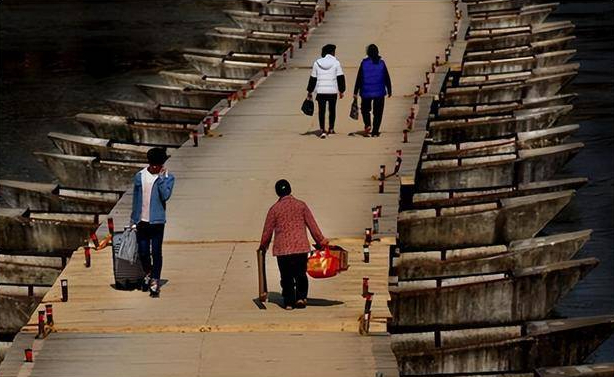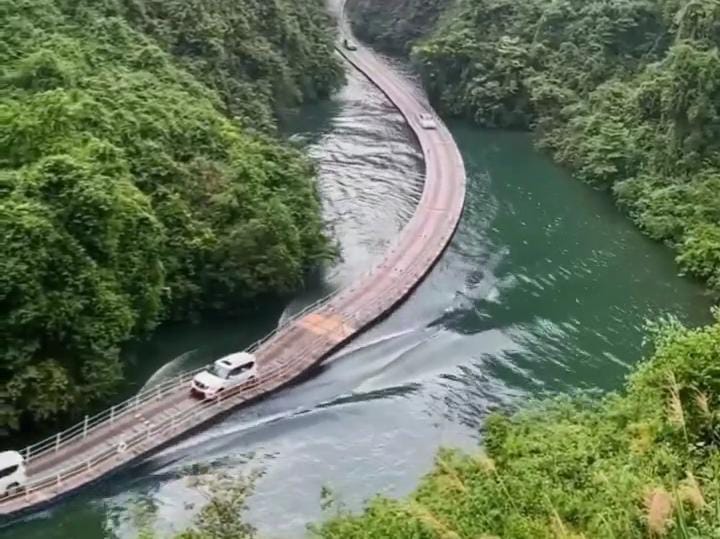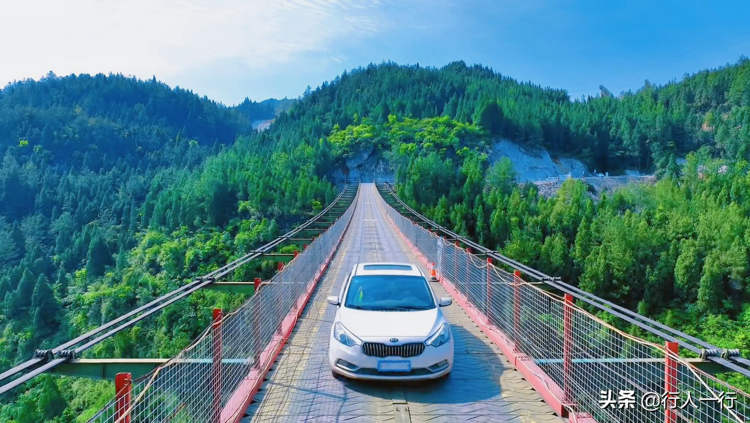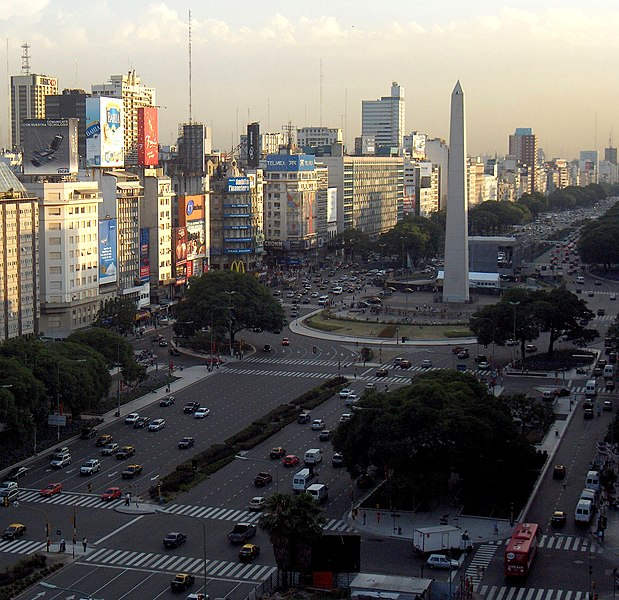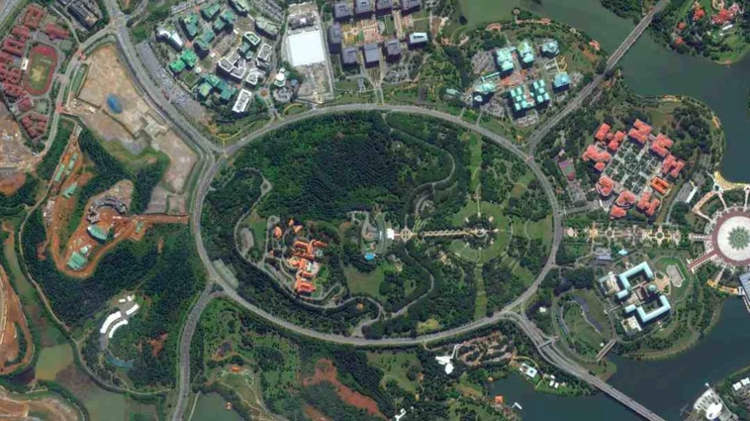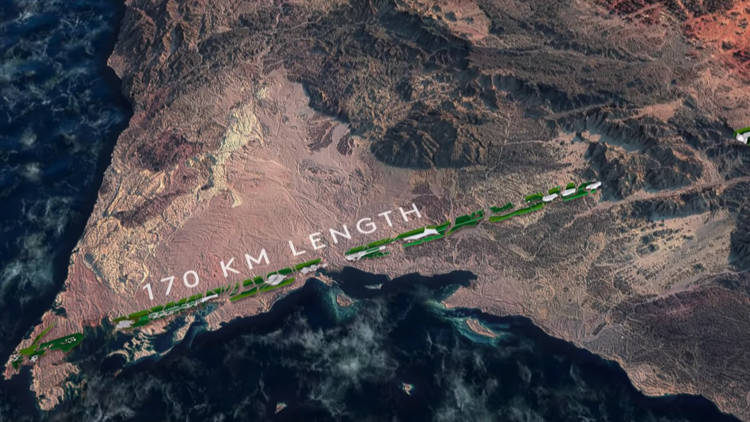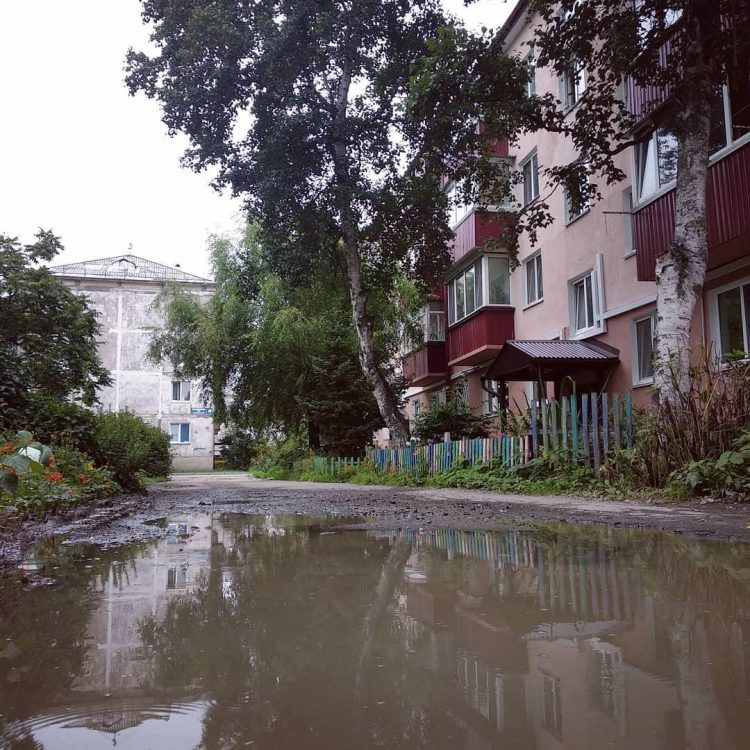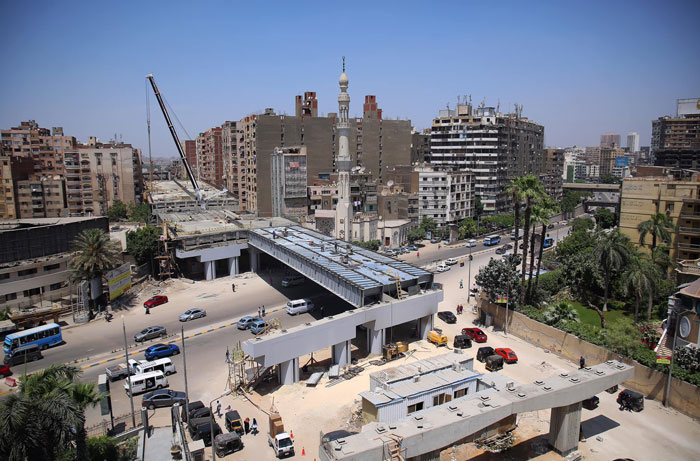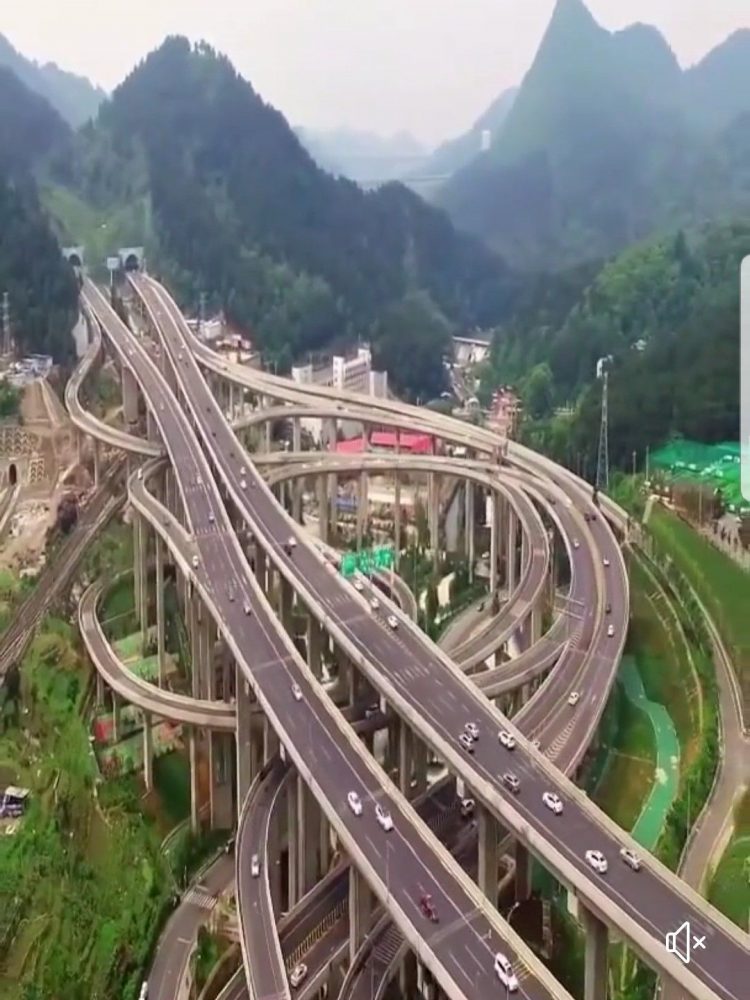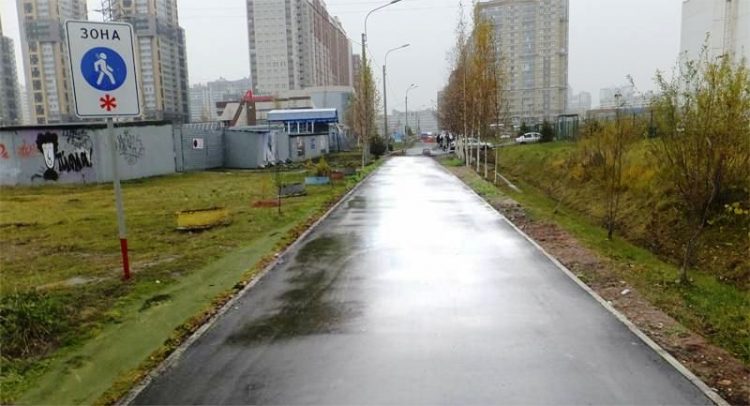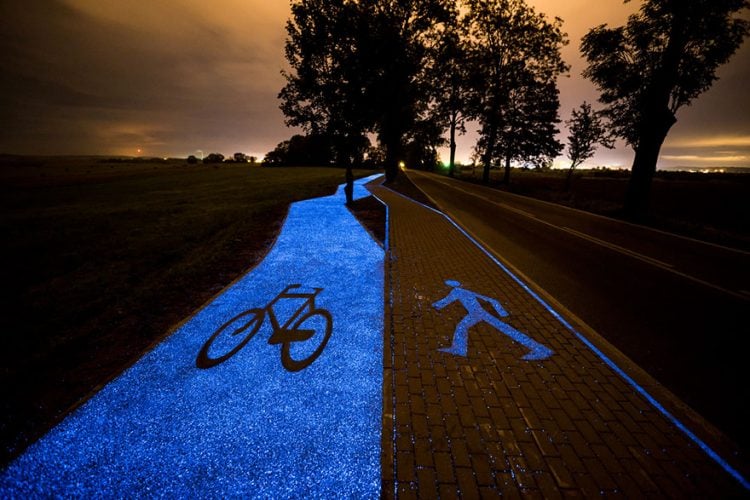A Chinese man who built a pontoon bridge for an isolated village using his own money was fined multiple times and ultimately given prison time for the unauthorized structure.
Before 2005, Zhenlin Village, in Northern China’s Jilin Province, was completely cut off by the Taoer River, with locals having to travel around 70 kilometers to the nearest bridge. However, everything changed when a villager by the name of Huang Deyi, who had previously operated a small ferry to and from the village, decided to do what the regional authorities wouldn’t – build a small bridge across the river. The rudimentary pontoon bridge was welcomed by the community, and people were more than happy to pay a small toll to Huang for using it, as it was much cheaper and less time consuming than driving 70 km to the nearest authorized bridge. Business was good, and in 2014, Huang Deyo along with 17 other villagers improved the bridge by welding together 13 metal boats so it could support heavier vehicles, but four years later, the Taonan Water Affairs Authority came knocking, ordering the dismantling of the bridge and accusing Huang and his family of illegally profiting from it.

